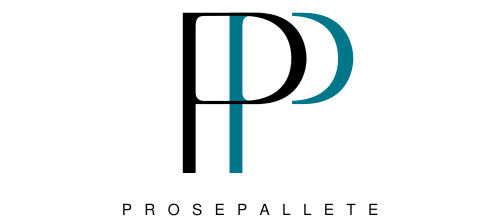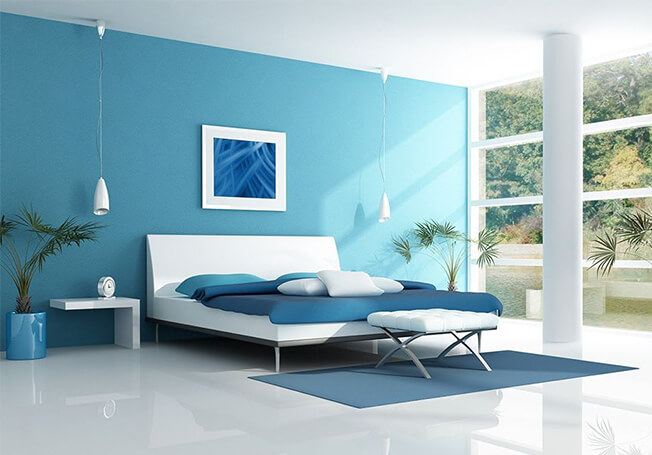Have you ever entered a room and felt an immediate sense of calm or energy? The colours surrounding us have a remarkable impact on our emotions, behaviours, and overall well-being. Whether you’re a seasoned interior designer or a first-time renovator, understanding the psychology of colour can help you create a harmonious and inviting space. In this blog post, we’ll delve into the fascinating world of colour psychology, exploring how different hues can influence our moods, perceptions, and even productivity.
Blue: The Serene Oasis – Calming and peaceful, blue is ideal for bedrooms, living rooms, and bathrooms. – Creates a sense of tranquillity, reducing stress and promoting relaxation. – Lighter shades of blue can evoke a sense of openness and expansiveness.
Red: Energize Your Space – A powerful and attention-grabbing colour, red is perfect for stimulating areas like dining rooms or creative spaces. – Known to increase heart rate and create a sense of urgency or excitement. – Be cautious with red, as too much intensity can lead to feelings of aggression or restlessness.
Yellow: A Ray of Sunshine – Symbolizing joy and optimism, yellow can infuse any room with energy and happiness. – Ideal for kitchens, hallways, or spaces that lack natural light. – Pale yellows create a soft and soothing ambience, while vibrant yellows exude vibrancy and positivity.
Green: Nature’s Embrace – The colour of balance, harmony, and renewal, green is a versatile choice for any room. – Promotes a sense of relaxation, making it a great option for bedrooms or home offices. – Darker greens can evoke feelings of richness and elegance, while lighter shades bring a refreshing touch of nature indoors.
Purple: Regal Sophistication – Associated with luxury and creativity, purple adds a touch of opulence to any space. – Deep purples can create a cosy and intimate atmosphere, perfect for bedrooms or reading nooks. – Lighter shades of lavender are calming and soothing, often used in spas or relaxation areas.
Orange: Warmth and Vitality – An invigorating and friendly colour, orange radiates warmth and enthusiasm. – Ideal for social areas like living rooms or dining spaces. – Orange stimulates appetite, making it an excellent choice for kitchen accents or restaurant interiors.
Conclusion: Incorporating the psychology of colour into your interior design can transform your space from ordinary to extraordinary. Understanding the emotional and psychological impact of different hues empowers you to create a desired ambience, whether you’re seeking a relaxing sanctuary or a vibrant and energizing environment. Remember, every colour has its own personality and can influence our emotions in subtle yet profound ways. So, let your creativity flow, and paint your world with the power of colours!


